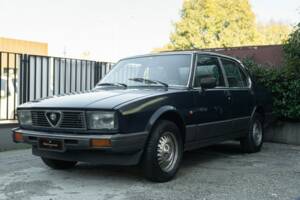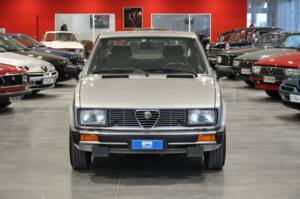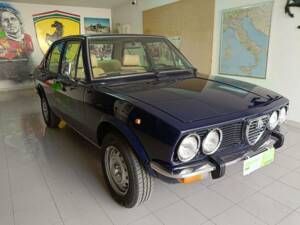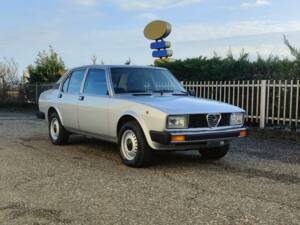- Car
- Alfa Romeo
- Alfa Romeo Alfetta (22 offers)
Alfa Romeo Alfetta classic cars for sale
The Alfa Romeo Alfetta, produced from 1972 to 1987, established itself as a technically advanced saloon and coupé with racing-inspired engineering and a strong reputation for dynamic handling. Its innovative transaxle layout and sporty engines made it a top choice for enthusiasts seeking Italian engineering and unique design. Read more to discover the fascinating story and technical details of the Alfetta.
Search results

1982 | Alfa Romeo Alfetta 2.0
ALFA ROMEO ALFETTA 2.0 TIPO 116.55 MY ’82 (1982) ISCRITTA ASI – CONSERVATO – SUPERCONDIZIONI – SUPERPREZZO
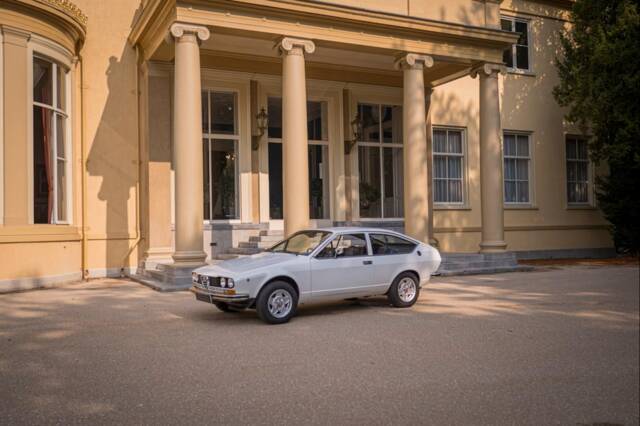
1977 | Alfa Romeo Alfetta GT 1.6
Alfa Romeo Alfetta GT 1.6
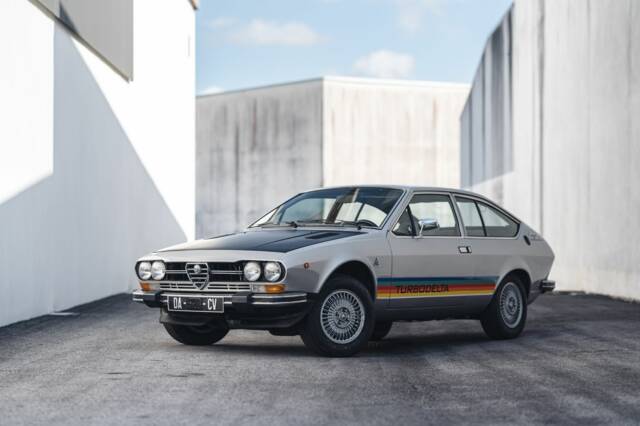
1977 | Alfa Romeo Alfetta GTV 2.0 Turbodelta
Alfa Romeo GTV Turbodelta - Très bon état
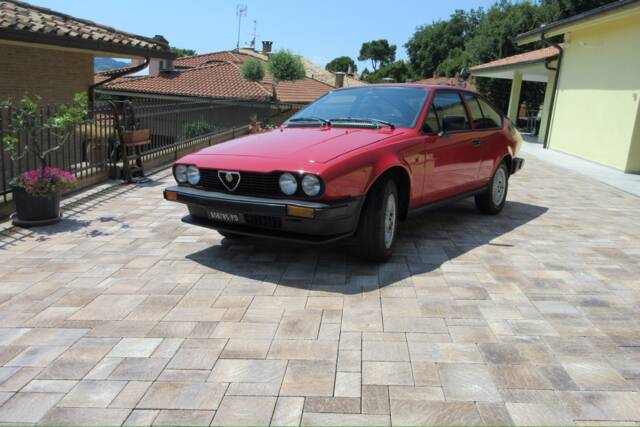

1983 | Alfa Romeo Alfetta 2.0
2022-11-14 14:39:45 | Alfa Romeo ALFETTA QUADRIFOGLIO 2.0

1983 | Alfa Romeo Alfetta 2.0
CEM restauro totale UNICA targa MI!

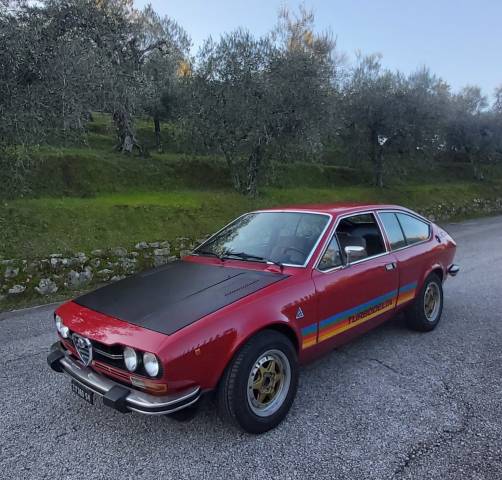
1979 | Alfa Romeo Alfetta GTV 2.0 Turbodelta
Alfa Romeo Alfetta GTV 2.0 Turbodelta 1979
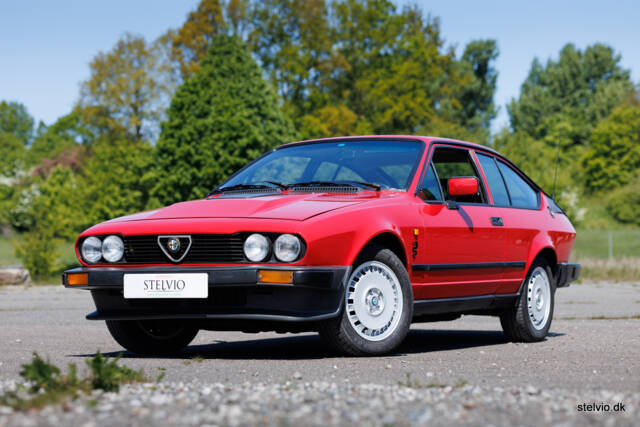
1986 | Alfa Romeo GTV 6 2.5
Very original and low mileage - the "Busso Violin"

1981 | Alfa Romeo Alfetta 1.6
TARGA ORO ASI (STUPENDA )
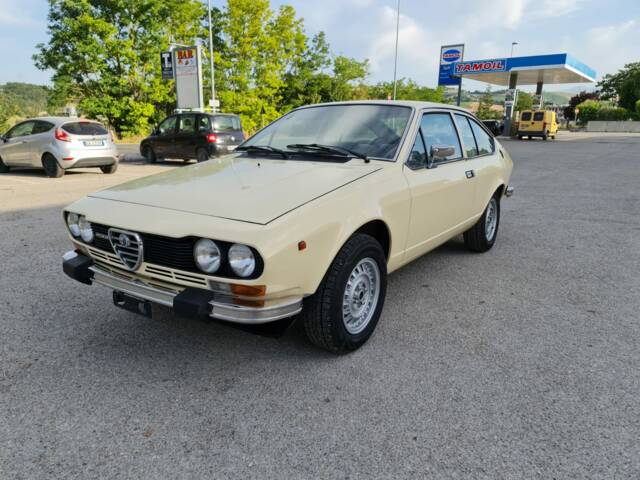
1979 | Alfa Romeo Alfetta GTV 2.0
1° SERIE AUTO BEN CONSERVATA
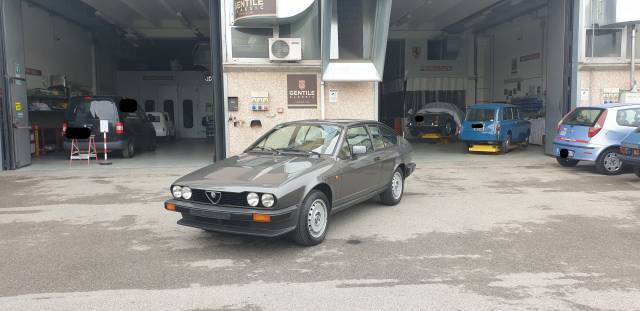
1981 | Alfa Romeo GTV 6 2.5
UNICO PROPRIETARIO !

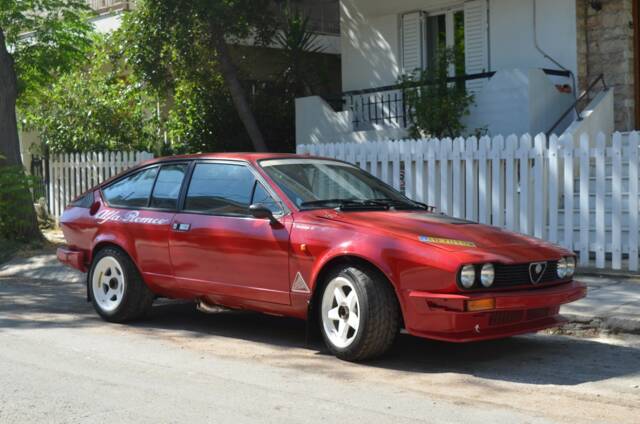
1983 | Alfa Romeo GTV 6 2.5
“Arese’s Violin”
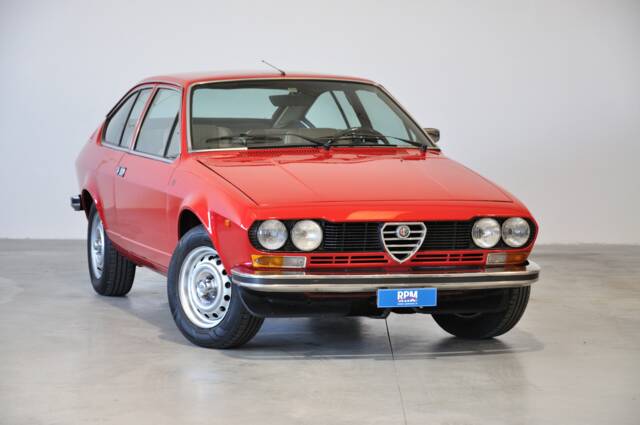
1978 | Alfa Romeo Alfetta GT 1.6
ASI Rosso Alfa
History of the Alfa Romeo Alfetta
Introduced in 1972, the Alfa Romeo Alfetta was a turning point for the Italian brand. Drawing its name from the legendary Tipo 159 'Alfetta' Grand Prix car, with which Alfa Romeo achieved racing success, this model brought motorsport engineering into a road-legal context. Designed at the Centro Stile Alfa Romeo in Milan, the Alfetta aimed to blend everyday usability with performance and was available as both a four-door saloon and a fastback coupé. Production ran until 1987, with over 400,000 built in total. Notably, the Alfetta was also widely used by Italian police forces and appeared in several films, cementing its cultural presence.
Model Evolution and Series History
The Alfetta replaced the Berlina 1750/2000 in 1972, initially offered as a saloon before the sportier Alfetta GT and GTV coupés arrived in 1974. The lineup grew to encompass a broad range: 1.6, 1.8, and 2.0-litre twin-cam engines powered the early models, with ongoing updates leading to a 2.0-litre version in 1977 featuring new square headlights and larger bumpers. The late 1970s saw the debut of the Alfetta Turbo Diesel, and in the 1980s, further refinements included luxury-focused variants such as the Quadrifoglio Oro. The coupé range, including the iconic GTV6 with its distinctive bonnet bulge for the 'Busso' V6 engine, added even more performance and exclusivity. Production ended in 1987 with the Alfa Romeo 90 as its successor.
Highlights and Key Features
The Alfetta stands out for its innovative transaxle drivetrain layout—the gearbox and clutch placed at the rear axle to achieve an optimal 50:50 weight distribution, a concept seldom found in its class at the time. Combined with De-Dion independent rear suspension, inboard rear brakes, and twin-cam engines, this made for agile handling and robust traction. The car’s dynamic driving qualities and lively engines, especially in the GTV and GTV6 coupés, helped it to a solid reputation among driving enthusiasts. Factory and aftermarket options like air conditioning, alloy wheels, and various interior trims allowed for significant personalisation.
Technical Data
Special Editions and Collectible Models
Collectors are drawn to limited-production versions such as the GTV Turbodelta (turbocharged, 400 units), GTV6 3.0 (only 200 made for South Africa), and stylish Quadrifoglio Oro saloons equipped with electronic injection and high-end comfort features. Other rarities include Grand Prix (650 units), Trintignant (100 units), EC 'Extra Comfort', and the experimental CEM with electronic engine control. Many special editions are identified by unique plaques, colours, or interior fittings.
Weak Spots and Common Issues
Rust is the most significant issue—particularly in the wheel arches, sills, floor panels, and seams. Early cars can suffer from poor rust protection. Synchromesh wear, notably on second gear, can lead to shifting problems. Maintenance-intensive carburettors and the transaxle system require specialist knowledge. Later cars benefit from improved rustproofing and electronic fuel injection. Originality is key for value; check for period-correct components and documentation.
Engine and Performance, Transmission and Handling
The Alfetta’s performance is defined by responsive twin-cam and later V6 engines, a rear-mounted transaxle, and a finely balanced chassis. The De-Dion rear axle, combined with front double wishbone suspension and low unsprung mass due to inboard brakes, delivers playful handling and high-speed stability absent in rivals of the time. Acceleration is strong—GTV6 models achieve 0–100 km/h in under 9 seconds—while top speeds range from 180 km/h (1.6) to 220 km/h (3.0 V6). The five-speed manual is standard, though some drivers highlight cautious second-gear engagement due to synchroniser wear.
Popular models:
- Alfetta GTV6: 2.5-litre V6, ~160 PS, ~8.9 sec 0–100 km/h, 212 km/h top speed
- Alfetta GTV Turbodelta: turbocharged 2.0, up to 200 PS
- Alfetta Quadrifoglio Oro: 2.0 injection, luxury features
- Alfetta Turbo Diesel: 2.4-litre, unique in segment undefined
Interior, Comfort, Exterior and Design
The Alfetta saloon features a clean, angular design with slim front, muscular rear, and pronounced shoulders. The coupés, penned by Giugiaro (Italdesign), feature fastback profiles and distinctive bonnet humps for the V6. Interiors range from practical cloth to rich velours, Texalfa, and rare leather. Instrumentation is period-correct with clustered round dials or grouped rectangles, driver-focused layouts, and, in top trims, digital clocks and trip computers. Notable accessories include air conditioning, electric windows, radios, special alloys by Campagnolo or Speedline, and unique paint finishes (e.g. Blu Pervinca, Luci del Bosco). High-end versions offer electrically adjustable seats and climate control. Collector coups are sometimes found with numbered badges, original manuals, or exclusive alloy wheels.
Other Noteworthy Features
The Alfetta family’s motorsport pedigree is strong—racing GTV and GTV6 models competed successfully in rallying and touring car events. These vehicles won events like Costa Brava and Corsica and served as a technical base for further Alfa Romeo racing ambitions. The Alfetta also appeared in iconic films from France, Italy, and Hollywood, earning it a place in popular culture. Many cars survive with rare original documentation, workshop manuals, or classic registration (e.g., FIVA, ASI).
Summary
The Alfa Romeo Alfetta remains a hallmark of Italian engineering, offering enthusiasts a blend of advanced chassis design, powerful engines, and unique styling. Its technical innovations—especially the transaxle layout—give it driving characteristics still appreciated today. Limited editions such as the GTV6 and Turbodelta are particularly prized. Careful attention to condition and originality is key, due to rust and age-related issues. For those seeking true Italian flair and a tangible connection to Alfa Romeo’s racing heritage, the Alfetta stands apart within the classic market.




